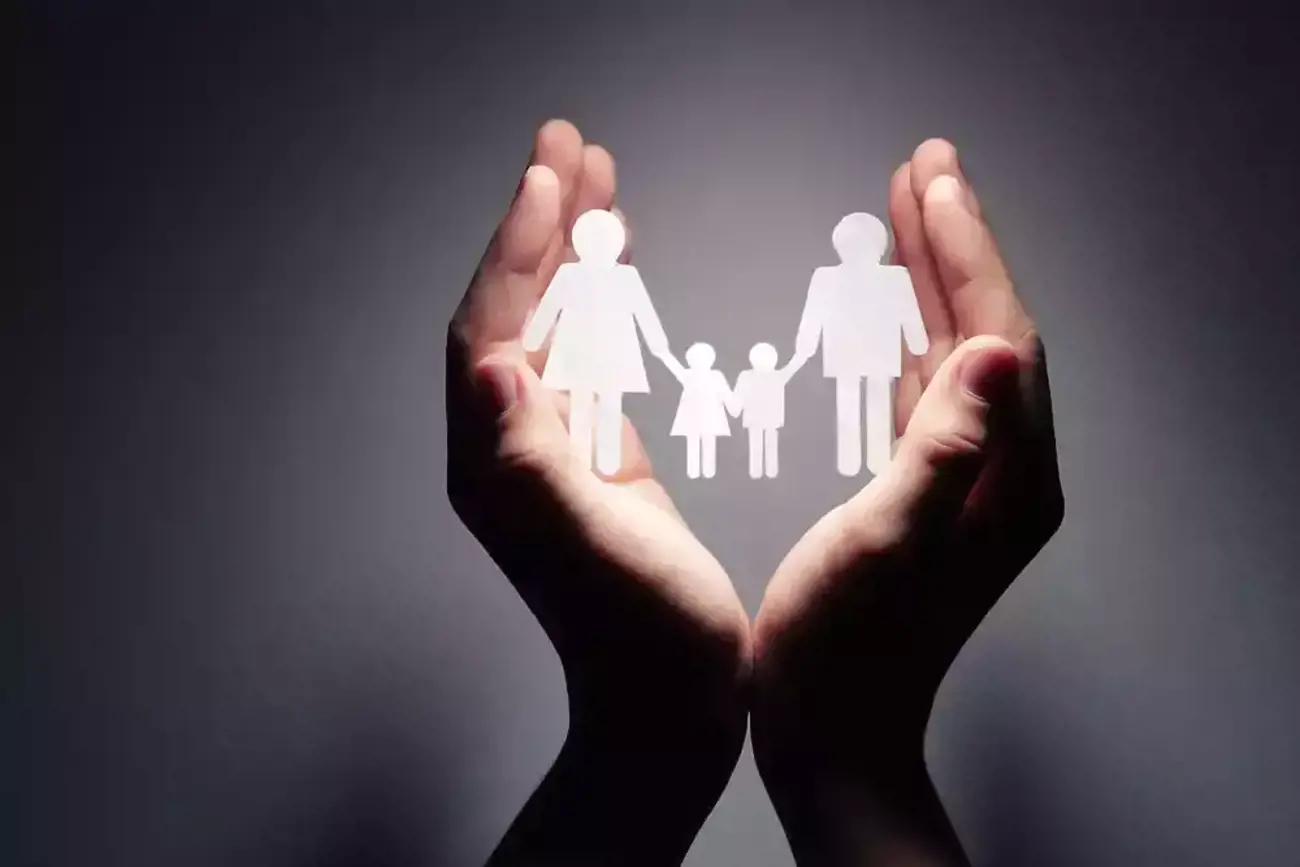Please note: some of the content in this article relates to changes made by Government to reflect the impact of COVID-19 and may no longer be applicable.
Around one million families are receiving free child care from this week, due to sweeping reforms introduced to save the vital early childhood sector from collapse.
With many families choosing to withdraw their children from care in the last few weeks due to containment measures introduced to slow the spread of COVID-19, early childhood services have been struggling to stay afloat.
The hastily drafted Early Childhood Education and Care Support package introduced last week means:
- The government will pay 50 per cent of the existing hourly rate cap to child care services, based on the number of children who were enrolled in care during the two weeks before March 2, regardless of whether they were present
- Child care will be free for families from Monday 6 April for at least the next three months, this includes centre based care, family day care, outside school hours care and vacation care (based on the period between term 3 and 4 last year)
- Services will only be eligible for the payments if they remain open (unless required to close for public health reasons), don’t charge parents and continue to adhere to their operating requirements under the National Quality Framework
- Payments to child care services start on 10 April and replace the Child Care Subsidy and Additional Child Care Subsidy
- Parents can maintain their enrolment without having to pay a gap fee but don’t need to do anything else
- The JobKeeper payment will provide additional financial support to early childhood staff
What this means for parents
The most important takeaway for parents with children in care is to maintain your enrolment in your early childhood service, even if you are not sending your children along.
Maintaining your enrolment ensures you will have a spot when conditions return to normal and increases the likelihood of your provider being able to keep operating, even in the face of a massive drop in numbers.
Federal Minister for Education Dan Tehan said the relief package was designed to support families during these difficult times, particularly those who have lost their job and that it is aimed at parents who currently have their children in care.
“If you have terminated your enrolment since 17 February, then I encourage you to get back in contact with your centre and re-start your arrangements.
Re-starting your enrolment will not require you to send your child to child care and it certainly won’t require you to pay a gap fee. Re-starting your enrolment will, however, hold your place for that point in time when things start to normalise, and you are ready to take your child back to their centre,” he said.
Because child care will be free, even in services which charge more than the hourly rate cap, the Child Care Subsidy and Additional Child Care Subsidy will not apply for the duration of the relief package.
Is it safe for children to attend child care?
While news of this rescue package will come as a great financial relief to families, many parents are worried about whether it is actually safe to send their child to care. The government has maintained a consistent line on this claiming that child care services should remain open and that it is safe for young children to attend.
Government website HealthDirect says that closure of early childhood services does not appear to be an effective way of preventing the community spread of COVID-19 and that this is evidenced by the low number of cases among children, relative to the broader population.
While the ultimate decision about sending your child to care comes down to individual choice, it is reassuring to know that whatever choice you make for your family, you won’t be financially disadvantaged.


































